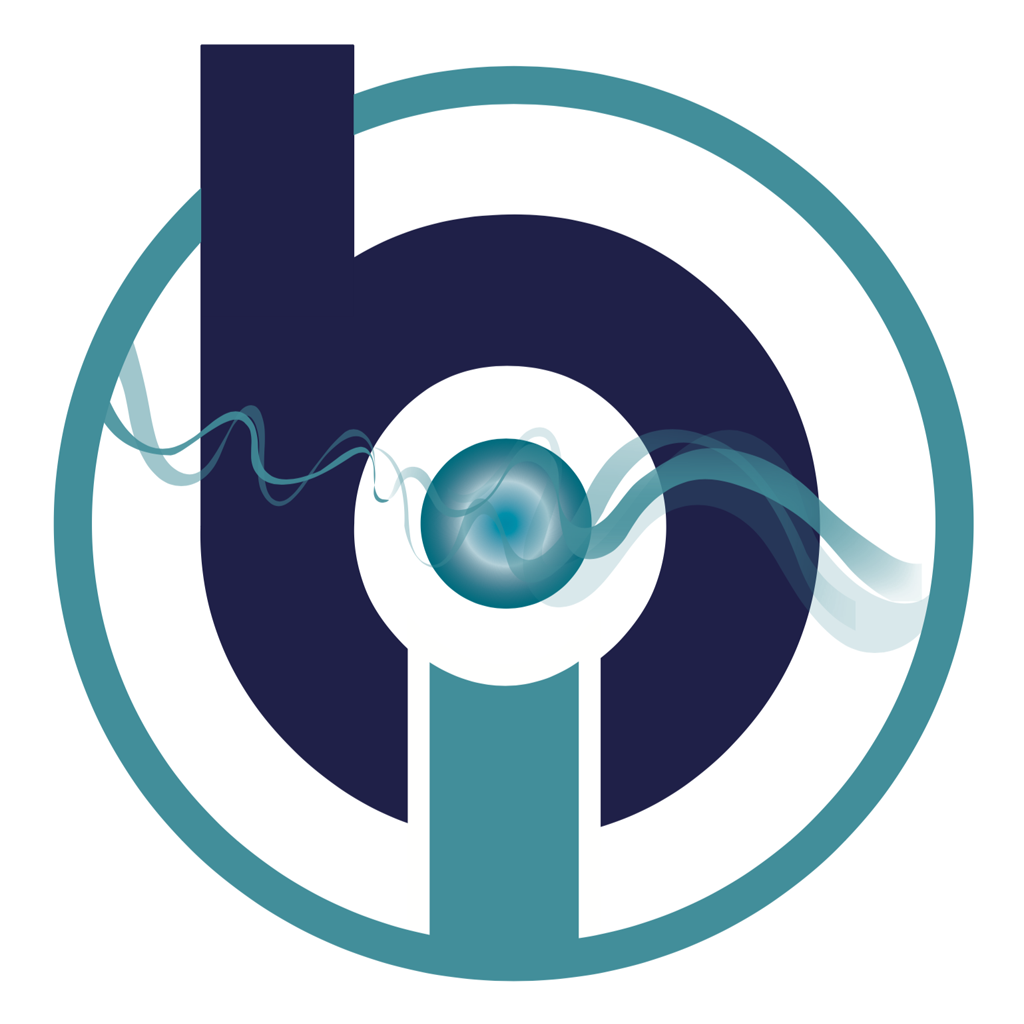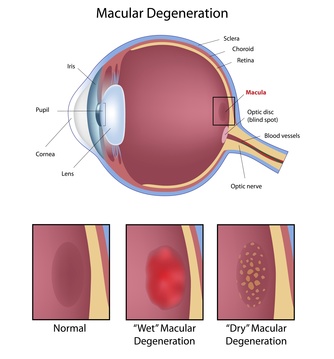Bioresonance therapy, also called bio-energetic therapy, is a method of diagnosis and treatment that is currently being developed by scientists and health professionals for a painless and non-invasive form of testing.
Aside from being a method of detection and diagnosis, BRT can also be used as a form of treatment for many kinds of diseases. For this article, we will take a look at bioresonance therapy in relation to one of the most common eye disorders in the world– macular degeneration.
What is macular degeneration?
Macular degeneration is a condition of the eye wherein there is a degradation or ‘thinning’ of the center of the retina. The retina is the part of the eye that receives incoming light and converts them into signals to be sent to the brain. Essentially, the retina helps us see. Thus, damage to this important part of the eye can lead to blindness.
The central part of the retina is called the ‘macula.’ It is responsible for focusing on our central vision. In macular degeneration, the macula deteriorates which causes the images that we see to become blurry or unclear. This can lead to complete loss of central vision if the macula deteriorates even further.
Macular degeneration can be classified as ‘wet’ or ‘dry,’ with the majority of cases being considered as ‘dry.’ In dry macular degeneration, there is a development of drusen beneath the macula. Drusen are whitish or yellowish deposits that cause the degeneration of the eye. This type of macular degeneration is said to progress slower than wet macular degeneration.
On the other hand, wet macular degeneration affects fewer people than the dry classification. However, wet macular degeneration causes more cases of extreme or severe vision loss.
Wet macular degeneration is caused by blood vessels that are supposed to be under the retina growing towards the central part, which is the macula. These abnormal blood vessels can leak fluid inside the retina, hence the name ‘wet’ macular degeneration. The leaked fluid damages the macula and displaces it from the center. Unlike dry macular degeneration, the wet type can progress rapidly.
What causes macular degeneration?
Macular degeneration has a number of risk factors. These are genetics, race, age, health conditions, and smoking. Macular degeneration is a common age-related disease, and wherein there is an increased risk for people who are 55 years old and older.
Moreover, people who have a family history of macular degeneration are also likely to develop it themselves. Another non-modifiable risk factor is being Caucasian. Studies show that Caucasian people are more likely to develop macular degeneration than African Americans or Hispanics.
Modifiable risk factors include obesity, hypertension, and smoking. Patients who are obese or overweight and those who have high blood pressure are found to have an increased risk of developing macular degeneration.
What are the symptoms of macular degeneration?
In order to prevent the progression of macular degeneration, symptoms need to be recognized early on in order to seek treatment immediately.
One easily detectable symptom is the inability to perform otherwise easy tasks such as reading or driving. People with developing macular degeneration tend to have blurry or unfocused central vision, thus making it difficult to perform usual tasks.
Other symptoms include having shadowy or dark areas in the central vision, visual distortion (blurry lines), and partial vision loss. It is important that people who are over the age of 55 have regular eye check-ups in order to detect macular degeneration early on.
Bioresonance therapy and macular degeneration
As said before, BRT is currently being used for the treatment of a number of various diseases. One of these is macular degeneration, which is the leading cause of permanent blindness in patients over 50 years old.
Unfortunately, macular degeneration cannot be cured. The progression of the disease, however, can be slowed down. Bioresonance therapy is said to relieve symptoms of macular degeneration in affected patients as well as slow down its progression. In combination with other treatments such as nutritional modification and medication, BRT can conserve a patient’s vision for a longer time.
Conclusion
Macular degeneration affects 170 million people all around the world and is one of the major causes of blindness and vision problems. Since there is no cure for this disease, the medical field is continuously developing treatments to slow down its progression. One of these treatments is bioresonance therapy, which is a relatively new method to prevent the worsening of macular degeneration.
With BRT, the development of macular degeneration can be significantly slowed down while also relieving the patient’s symptoms. It is still unsure whether BRT alone can completely stop the development of the disease, but in conjunction with other treatments, BRT can work well for many patients.



